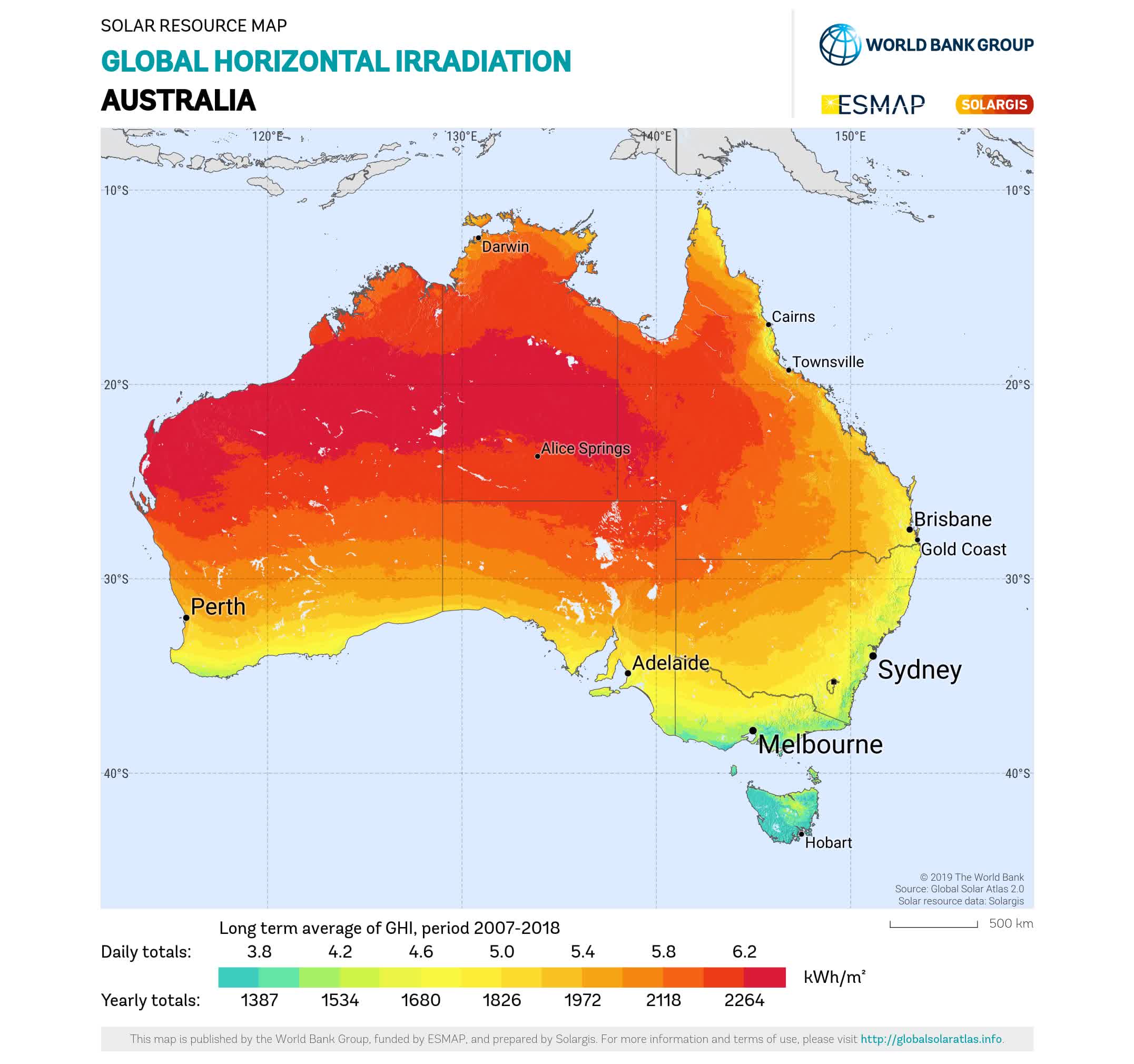2024-12-05 09:37:00
www.techspot.com
The big picture: Australia has reached an impressive milestone just in time for the warm season as more than four million homes and businesses now have solar power installations. This is a remarkable achievement for a country that had virtually no solar installations just two decades ago. While this would typically be a cause for celebration, the solar boom has also introduced a new challenge: an energy surplus that sometimes exceeds the capacity of the country’s electricity systems to handle.
The solar boom has been so extraordinary this spring that South Australia has, at times, met all its electricity needs entirely from solar power, reports by ABC News. Any excess energy has been exported to other states. Nationwide, demand for grid power that cannot be supplied by rooftop solar has plummeted to record lows.
Earlier this month, the Australian Energy Market Operator warned that an “emergency backstop” mechanism might be necessary next spring to maintain grid stability when households export excess solar electricity.
Spring creates ideal conditions for an oversupply of solar power to the grid. Longer, sunnier days boost solar output, but mild temperatures mean air conditioners are rarely used, keeping electricity demand low.
Unfortunately, abundance isn’t always beneficial. At times, there’s simply too much solar power in Australia’s electricity systems to manage effectively, raising serious concerns.
Electricity market designer Jess Hunt, quoted in the report, emphasized that much of this excess solar power will inevitably need to be wasted or “spilled.” She likened it to rainfall that overflows and cannot be captured by reservoirs.
The core issue lies in a technical phenomenon known as minimum demand, which refers to the demand for grid power excluding the supply met by rooftop solar. When rooftop solar was negligible, its impact on the grid was minimal. Now, as small-scale solar becomes a dominant energy source, it is pushing minimum grid demand to critically low levels during certain periods.
Alex Wonhas, CEO of AMPYR and a former Australian Energy Market Operator executive, explained to ABC News that minimum demand issues typically arise midday on weekends, when solar output is high but overall demand is low. He highlighted two main solutions: increasing demand during these periods or curtailing solar and other energy outputs.
Advances in inverter technology could enable solar systems to contribute to grid stability services, offering a partial solution. Wonhas also expressed optimism about the role of batteries in addressing the minimum demand challenge, as they can absorb and later discharge excess solar energy.
However, he acknowledged that storing all surplus solar power would not be economically viable. This creates a need for trade-offs between costs and capturing every bit of solar output. Establishing sufficient energy storage infrastructure is expensive, particularly when much of the excess power is not immediately required.

Keep your entertainment at your fingertips with the Amazon Fire TV Stick 4K! Enjoy streaming in 4K Ultra HD with access to top services like Netflix, Prime Video, Disney+, and more. With an easy-to-use interface and voice remote, it’s the ultimate streaming device, now at only $21.99 — that’s 56% off!
With a 4.7/5-star rating from 43,582 reviews and 10K+ bought in the past month, it’s a top choice for home entertainment! Buy Now for $21.99 on Amazon!
Support Techcratic
If you find value in Techcratic’s insights and articles, consider supporting us with Bitcoin. Your support helps me, as a solo operator, continue delivering high-quality content while managing all the technical aspects, from server maintenance to blog writing, future updates, and improvements. Support Innovation! Thank you.
Bitcoin Address:
bc1qlszw7elx2qahjwvaryh0tkgg8y68enw30gpvge
Please verify this address before sending funds.
Bitcoin QR Code
Simply scan the QR code below to support Techcratic.

Please read the Privacy and Security Disclaimer on how Techcratic handles your support.
Disclaimer: As an Amazon Associate, Techcratic may earn from qualifying purchases.





























































![[5-Yrs Free Data Recovery] GIGASTONE 256GB SD Card, 4K Camera Pro, A1 V30 SDXC Memory…](https://techcratic.com/wp-content/uploads/2025/09/51F2IcqgHrL._AC_SL1000_-360x180.jpg)






































